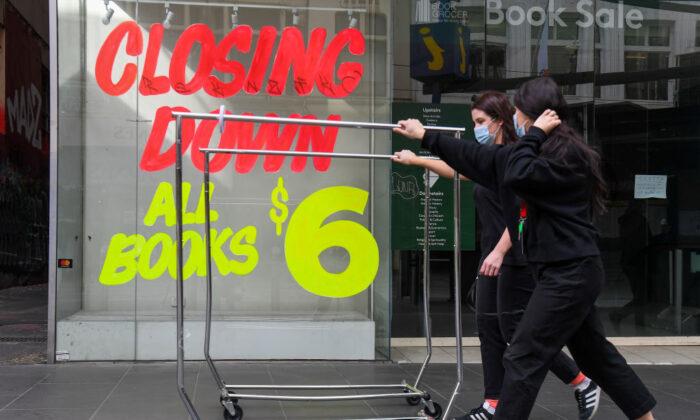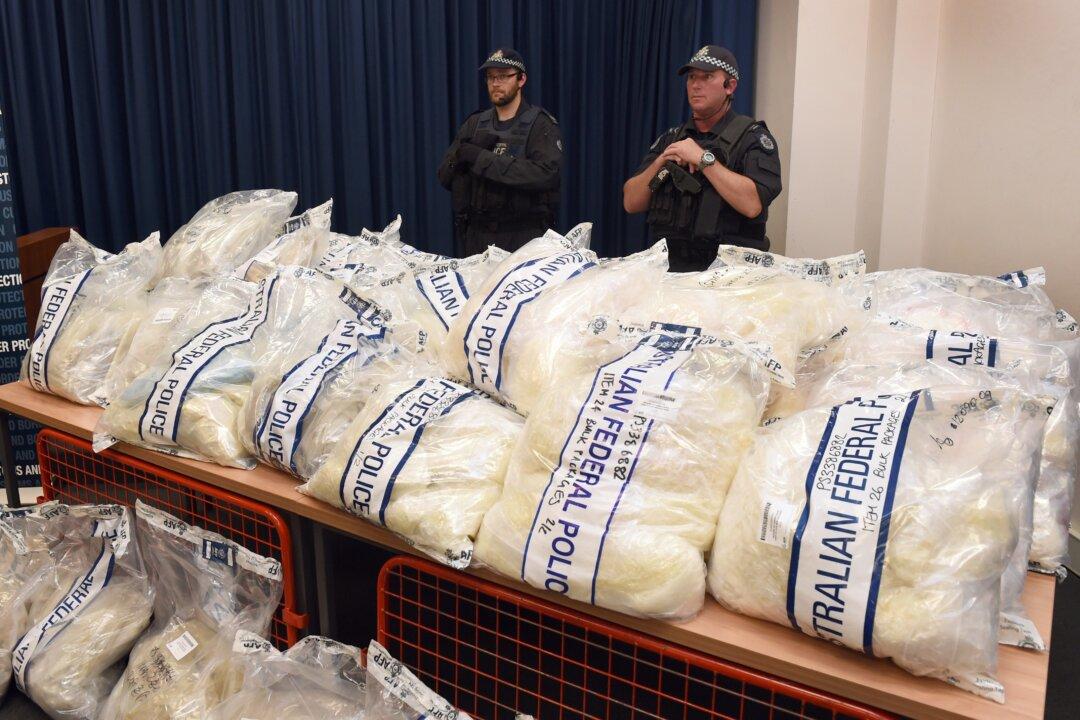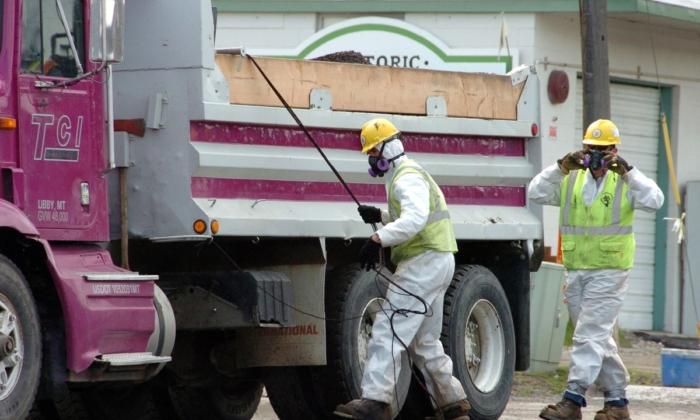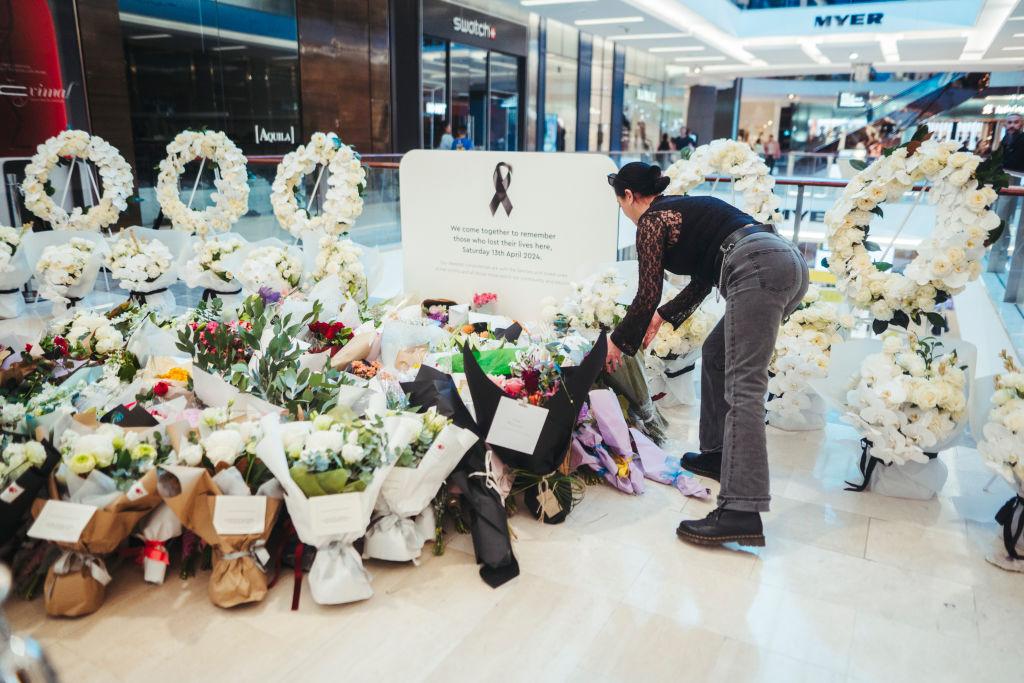Victorian businesses are bracing for “significant pain” as many prepare to scale back production or shut down altogether, putting another 250,000 people out of work.
Premier Daniel Andrews outlined a three-tiered system for workplaces, effective from Thursday, to complement the state’s six-week ’stage four' lockdown combating the COVID-19 outbreak.
“There will be very significant pain,” he told reporters on Monday.
He estimated that roughly 250,000 workers would be stood down under the latest changes.
They‘ll join a further 250,000 people who are already out of work under ’stage three’ restrictions, with another 500,000 people working from home.
Supermarkets, grocery stores, bottle shops, pharmacies, petrol stations, post offices and banks will remain open as part of the first group.
Hardware stores such as Bunnings will be accessible to tradespeople, but move to “click and collect” for members of the public.
Those classed in the second group, however, will not be able to operate at all.
Bearing the brunt of the impending closures is the retail industry, with travel and tour agencies, car washes, furniture wholesalers and hairdressers among those to close.
Pubs, taverns, bars, clubs, nightclubs and food courts had already closed their doors, while cafes and restaurants will continue to run as takeaway services.
Other industries will cut back production under the third category of businesses.
Meatworks across the state—a consistent source of outbreaks—will run at two-thirds capacity, with staff dressed in full medical kit and unable to work at multiple locations.
Large-scale construction will be capped at 25 percent of the regular workforce, while small-scale projects will only be allowed up to five workers on site.
“We are moving them to a pilot-light phase,” Andrews said.
“Not being turned off completely but they are dramatically reducing the number of people they have working for them and their output over the next six weeks.”
Andrews said the state government would expand its $5000 grant program for impacted businesses to reflect restrictions running much longer than first expected.
“It will finish up being, in aggregate terms, first and second wave payments in the order of $20,000 together with a number of other waivers of taxes and charges,” he said.
Victorian Chamber of Commerce and Industry chief executive Paul Guerra welcomed the extra payment, but said the pilot-light approach would “severely damage jobs and productivity” in construction and manufacturing.
National employer association, Ai Group, said the draconian measures would devastate the livelihoods of millions.
“Some people may never work again and some businesses will now be gone forever,” chief executive Innes Willox said in a statement.
To support Victoria, Prime Minister Scott Morrison said the federal government would establish a $1500 fortnightly “disaster payment” for paid pandemic leave.
It will be available for workers who need time off to deal with the virus but don’t have sick leave.






Friends Read Free